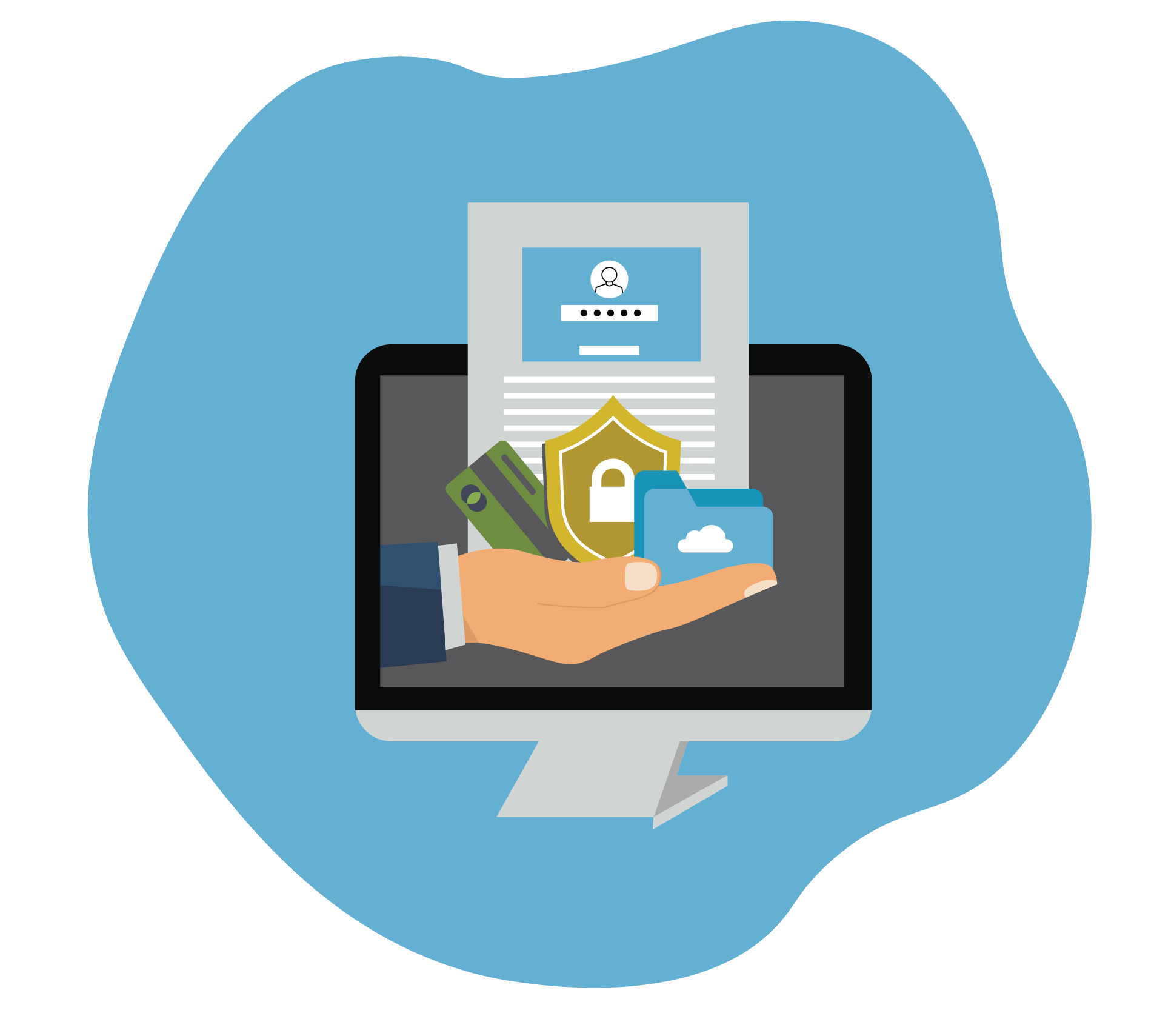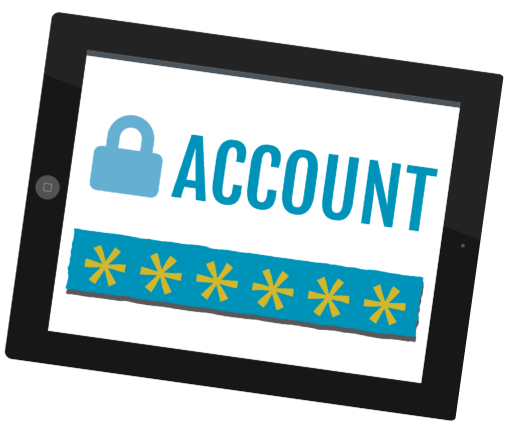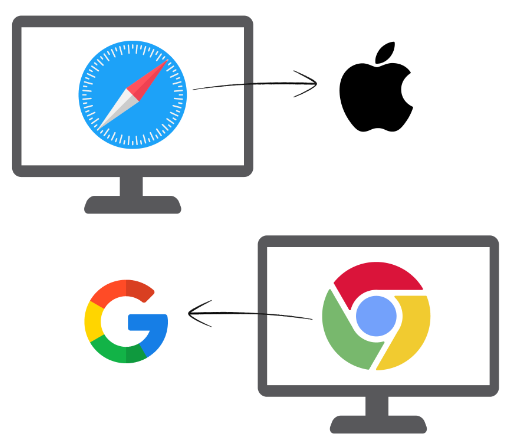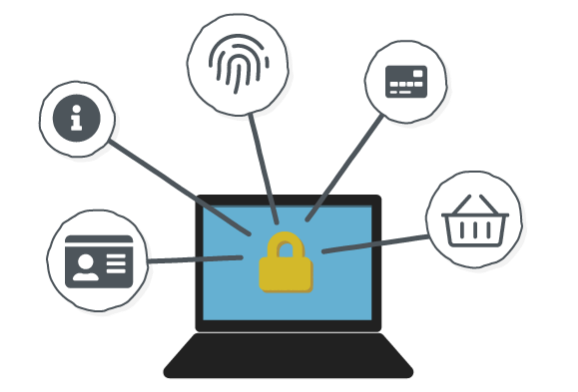
Your personal data is valuable
This site is here to help you:
- Make smart choices about who you give your personal data to
- Understand your online rights
- Help you take action steps to improve how your data is handled

Most of the time, in order to use an online service, you’re asked to share your data. We’ve all shared our personal information with e-commerce and media companies. These companies use our data to make recommendations, fill orders, send out special offers, and more.
The purpose of this site is to help you understand how your personal data is being used, and how to ensure you remain in control of it.
- Does the digital world feel a little creepy sometimes?
- Ever wonder whether someone’s listening to your conversations?
- Do you have a sinking feeling you’re being watched?
We love our online world — it’s where we work, listen to music, order groceries or gifts and stay in touch with friends. We see huge possibilities for creating a beautiful future on the Internet… and we want you to be safe in that world.
Is there any point in worrying about your data? The past few years have been like the “wild west” of data collection — without regulations, almost nothing has been “off limits.”
More recently, people have said, “enough!” The online world is tired of scandals and nobody likes worrying about their safety.
Regulators in some places have stepped up to try and make laws that keep things safer.
Data safety is going to change over the next few years. Knowing your rights and understanding how your data is used will help you stay on the beautiful side of the Internet.

Quick Tips - Online Safety 101
Your primary email account password should be guarded with your life! Why? Because if I can get into your email then I can request a password reset on almost every site you use. Ta Da - I’ve got access to your every digital footprint. This isn’t just a bedtime scary story. It happened to Wired reporter Mat Honan.
The US Government Collects Data on American Citizens
Following President Lyndon Johnson’s decision to create a centralized database with every citizen’s
information ...
Continue reading →
A Sting CD is the First Thing Sold on the Internet
On August 12, 1994, the internet enables
the first e-commerce purchase. A Philadelphia resident ...
Continue reading →
The European Data Protection Directive Is Adopted
Following privacy concerns regarding the websites that started collecting customer data in the period
...
Continue reading →
A New Way to Reach Your Audience
With the Internet, marketers suddenly have a new way to communicate to their potential customers.
Hotmail develops a free email service ...
Continue reading →
PayPal Launches
PayPal launches as an online payment system and a money transfer tool used by
e-commerce websites ...
Continue reading →
The DoubleClick Merger Scandal
Advertising giant DoubleClick
plans to merge
with data brokerage company, Abacus Direct ...
Continue reading →
Online Credit Card Fraud
In early 2000’s, online credit card fraud increases due to insecure protocols used to transmit
financial ...
Continue reading →
MySpace Launches
In 2003, Chris DeWolfe, Tom Anderson and Jon Hart establish MySpace — the first major social network.
Continue reading →
The Can Spam Law
Inboxes grow crowded as digital marketers email customers and spam becomes a very real problem.
Continue reading →
Rampant Web Attacks
2004 sees rampant hacker attacks. Web software vulnerabilities are hacked to
intercept sensitive data.
Continue reading →
The Payment Card Industry Security Standards Council (PCI) is Formed
With the threat of cyber attacks and the rise of online shopping’s popularity,
the PCI is formed to ensure ...
Continue reading →
Facebook is Born
On February 4, 2004, Mark Zuckerberg, Eduardo Saverin, and others team up and create
Facebook.
Continue reading →
2004
PCI Releases the First Unified Security Standard
New unified security standard is introduced, in an attempt to facilitate safer and more
secure online shopping ...
Continue reading →
Facebook Launches the First News Feed
Facebook launches the first News Feed. Facebook is accused of breaching user privacy. The news feed ...
Continue reading →
Google Introduces Street View
Google introduces Street View. Google cars start roaming streets worldwide, capturing images to show in
maps.
Continue reading →
Google Acquires DoubleClick
Google moves into online display advertising, with the $3.1 Billion purchase of DoubleClick, the
largest online ...
Continue reading →
Appreciation Engine Is Founded
In 2009, The Appreciation
Engine (AE) is founded by Jeff Mitchell and Annabel Youens with a singular purpose: use data to
create a two-way relationship between businesses and consumers.
Continue reading →
Permission-Based Email Marketing
By 2009, email marketers realize that many of their emails aren’t even reaching their prospects’
inboxes.
Continue reading →
Birth of Instagram
In October of 2010, Kevin Systrom and Mike Krieger launch Instagram – a photo-sharing social network.
Continue reading →
Google Buzz Privacy Violation
Google settles
Federal Trade Commission (FTC) charges of deceptive practices and consumer privacy
violations ...
Continue reading →
Google Introduces the Omnichannel Experience
Google announces that it will consolidate user data across a variety of Google
platforms to offer a better ...
Continue reading →
Email Audience Segmentation and Targeting
Infusionsoft, an email marketing company,
raise more than $71 Million ...
Continue reading →
Canada’s Anti-Spam Law (CASL)
The transition period for the implementation of practices outlined in
CASL ended. The law
requires everyone ...
Continue reading →
GDPR
EU’s General
Data Protection Regulation comes into force. This regulation outlines how consumer data can be ...
Continue reading →
Safer Sites with the HTTPS Protocol
Google announces that not having a SSL certificate (HTTPS protocol) would impact
the ranking of websites.
Continue reading →
Zoom Flaw Gives Hackers Access to Webcam
The video conferencing app Zoom has a vulnerability that
allows an attacker to
access a user’s webcam ...
Continue reading →
First Cases of COVID-19 Reported to the World Health Organization
A new strain of coronavirus
previously not encountered in humans breaks out in Wuhan, China ...
Continue reading →
World Health Organization Officially Classifies COVID-19 as a Global Pandemic
Countries all over the world begin
enacting quarantine and lockdown measures to prevent the spread of COVID-19 ...
Continue reading →
Privacy Concerns Around COVID-19 Contact Tracing
Using smartphones to trace close physical interactions between individuals is
proposed by public health experts ...
Continue reading →
iOS14.5 and 15
On April 26, 2021, Apple released iOS14.5 which included a privacy update that shook the mobile games marketing world...
Continue reading →
From the time the Internet was a baby, regulators have had a hard time catching up with everything it can do. Personal data has been collected, stored, shared and sold without many limitations — by everyone from advertisers to hackers.
Change is happening.
We’re looking forward to a future where data is better protected, kept safe, and used to create improved experiences for customers. As major internet players begin to roll out programs and tools that protect your first-party data we’re all on our way to a more beautiful, safe and collaborative Internet.






It's your data - it's your choice.